Your Face – Your Health meets the Green Smoothie
Everyone would love love love to have the Vogue model’s skin. Did you know that your skin is a direct reflection of your health status. Your skin and your mouth. Interesting. Toxins and what not, not filtered by the filtration systems in the body try to come out the skin. And sometimes get stuck. Acne. Eczema. Etc. And winkles. Wrinkles are not just caused by the sun. Free radicals, a natural bio-product of living and breathing and blinking and all the other mundane stuff that we do; those bad boys hurt our skin cells and cause wrinkles. And a whole plethora of other things that generally cause us to be ill, unhappy and die. What about those brown spots on your skin. Age spots. Those aren’t just a normal thing to happen to the skin, but an indication that perhaps your liver isn’t filtering out all the toxins and the body and needing to put it somewhere, puts the toxins in the skin. OUCH!
All of this information is from a great book, Do You Have the Guts to Be Beautiful. Written by Jennifer Daniels, MD and Mitra Ray, PH.D. Check them out at www.fromheretolongevity.com. Wonderful stuff. It’s simple stuff that they suggest, down to earth, holistic and generally very accessible for all.
So lets chat about this green smoothie. YUM YUM YUM. My experience with it is that it has taken away my sugar cravings. And that’s a MIRACLE. It will do a ton of good things for you. Get rid of wrinkles, age spots and sags under the eyes. The kale that you use in the smoothie is one of the most nutrient dense veggies around and we generally only find it on our plate as a garnish at the restaurants. And we probably don’t eat it. It’s great great great for you. And in the smoothie, you won’t taste it. 2 out of three of my kids will DOWN the smoothie. Ha ha ha. Mom wins one!!! Or I could probably call that two or three with all the nutrition in it. Not to mention how healthy flax seed is for you. Fiber and a natural source of omega-3. Good stuff for the heart. Freshly ground is best, from the bag is better than nothing.
More from the book, because it’s so very interesting. Get a mirror and see what you see.
[tie_list type=”checklist”]
- Horizontal Lines above eyebrows – waster accumulation in your intestines
- Vertical lines between eyebrows – liver is not removing poisons
- Bags under the eyes – Eating bread, sugars, processed juices, pastas
- Blue circles under eyes – Bread and diary
- Big ears/ nose getting a bulb with age – hormones in animal products
[/tie_list]
And the list goes on.
Check the book out. Or look for one of our Facial/Smoothie parties. Fascinating.
Back to the smoothie
[amd-zlrecipe-recipe:22]
Kale: A Power Food
Kale is absolutely rich and abundant in calcium, lutein, iron, and Vitamins A, C, and K. Kale has seven times the beta-carotene of broccoli and ten times more lutein. Kale is rich in Vitamin C not to mention the much needed fiber in the daily diet. The “Icing on the Kale” are the natural occurring all important phytochemicals sulforaphane and indoles which research suggests may protect against cancer. Let’s not forget the all important antioxidant Vitamin E. The naturally rich sulfur content of kale deserves a bit more discussion. Science has discovered that sulforaphane, helps boost the body’s detoxification enzymes, possibly by altering gene expression. This is turn is purported to help clear carcinogenic substances in a timely manner. Sulforaphane is formed when cruciferous vegetables like kale are chopped or chewed. This somehow triggers the liver to produce enzymes that detoxify cancer causing chemicals, of which we all are exposed on daily basis. A recently new study in the Journal of Nutrition (2004) demonstrates that sulforaphane helps stop breast cancer cell proliferation.
So, check this thought out!!! There is a SUPER easy way to get your kids to eat kale. Fantastic! Don’t worry about working too hard on this smoothly. I start with putting some water or good juice in, or a bit of both, turning on the blender and then start adding stuff in while it’s running. Of course I tend to make a big mess so…Point is, just rinse off the kale and then rip off the leafy parts off the big thick stalk. When you leave the blender running long enough, it gets chopped up just fine.
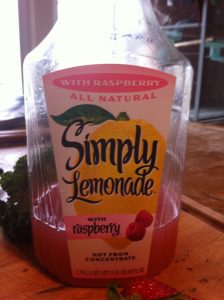 You can play around with what you put in for liquid. Plain water, 1/2 juice. Maybe think about something with less sugar. For the kids, you might be more successful when you add some juice. Motts Light Apple Juice is a great choice.
You can play around with what you put in for liquid. Plain water, 1/2 juice. Maybe think about something with less sugar. For the kids, you might be more successful when you add some juice. Motts Light Apple Juice is a great choice.
Flax seed: Another Power Food
Although flaxseed contains all sorts of healthy components, it owes its healthy reputation primarily to three ingredients:
[tie_list type=”starlist”]
- Omega-3 essential fatty acids, “good” fats that have been shown to have heart-healthy effects. Each tablespoon of ground flaxseed contains about 1.8 grams of plant omega-3s.
- Lignans, which have both plant estrogen and antioxidant qualities. Flaxseed contains 75- 800 times more lignans than other plant foods
- Fiber. Flaxseed contains both the soluble and insoluble types.
[/tie_list]
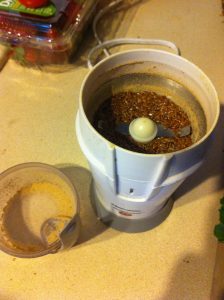 Recent studies have suggested that flaxseed may have a protective effect against cancer, particularly breast cancer, prostate cancer, and colon cancer. At least two of the components in flaxseed seem to contribute, says Kelley C. Fitzpatrick, M.Sc., director of health and nutrition with the Flax Council of Canada. In animal studies, the plant omega-3 fatty acid found in flaxseed, called ALA, inhibited tumor incidence and growth. Further, the lignans in flaxseed may provide some protection against cancers that are sensitive to hormones. Some studies have suggested that exposure to lignans during adolescence helps reduce the risk of breast cancer, Thompson says.
Recent studies have suggested that flaxseed may have a protective effect against cancer, particularly breast cancer, prostate cancer, and colon cancer. At least two of the components in flaxseed seem to contribute, says Kelley C. Fitzpatrick, M.Sc., director of health and nutrition with the Flax Council of Canada. In animal studies, the plant omega-3 fatty acid found in flaxseed, called ALA, inhibited tumor incidence and growth. Further, the lignans in flaxseed may provide some protection against cancers that are sensitive to hormones. Some studies have suggested that exposure to lignans during adolescence helps reduce the risk of breast cancer, Thompson says.
Lignans may help protect against cancer by:
[tie_list type=”checklist”]
- Blocking enzymes that are involved in hormone metabolism.
- Interfering with the growth and spread of tumor cells.
[/tie_list]
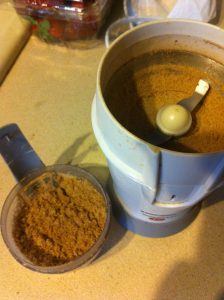 Some of the other components in flaxseed also have antioxidant properties, which may contribute to protection against cancer and heart disease.
Some of the other components in flaxseed also have antioxidant properties, which may contribute to protection against cancer and heart disease.
Concerning getting the flax seed into the smoothie. I bought a cheap walmart coffee bean grinder for a $10 bill and that’s all that I use it for. You can get flaxseed very cheaply at Whole Foods or Green Acres out of the bins, put it in a plastic pour container and presto, ready to go. Flaxseed is nutritionally best when freshly ground, so take a minute, pour some in the grinder, squeeze, release, squeeze, release, turn the grinder upside down, tap tap tap and pour into blender.
 Milk Thistle: DON’T SKIP. Powder, pill or liquid. I like the liquid.
Milk Thistle: DON’T SKIP. Powder, pill or liquid. I like the liquid.
Perhaps the most important milk thistle benefits are its effects on the liver. The liver is one of the most important organs in the body, breaking down nutrients and cleaning the body out. Milk thistle detoxifies the liver as well as protects it against damage from toxins, alcohol and other negative effects. Milk thistle benefits the liver in other ways as well: it promotes regeneration and repair of liver cells, reverses liver damage and is very helpful in the treatment of hepatitis and cirrhosis. Some milk thistle clinical trials show that milk thistle benefits may include reducing inflammation, decreasing excessive skin cell growth and helping treat endometriosis. You can buy milk thistle from whole foods or amazon.
 Today I’m in need of more fiber, iron and protein, so I’m adding in the most awesome meal/powder stuff around. Totally my opinion. The stuff has nice blend of plant protein, not just soy and an assortment of yummy stuff like wheat grass and spirulina…the list goes on and on. And NO ADDED SUGAR. So for a blender, which is generally two servings, I add a scope or two, depending on if you want a full serving a goodness or not. Two scopes might make it a bit powdery in texture though. More information on this product can be found on the nutrition link of this website. Or you can connect with me.
Today I’m in need of more fiber, iron and protein, so I’m adding in the most awesome meal/powder stuff around. Totally my opinion. The stuff has nice blend of plant protein, not just soy and an assortment of yummy stuff like wheat grass and spirulina…the list goes on and on. And NO ADDED SUGAR. So for a blender, which is generally two servings, I add a scope or two, depending on if you want a full serving a goodness or not. Two scopes might make it a bit powdery in texture though. More information on this product can be found on the nutrition link of this website. Or you can connect with me.
Ok. Here is the ONLY RULE for making this smoothie. HAVE FUN WITH IT. If you don’t like the taste at first, 1/2 the kale. You might ask what a “fleshy fruit” is. When in doubt, just add something in there. Frozen mix is great. Then you don’t need ice if you like your smoothies cold. Pineapple, mango, strawberries are all great choices. Experiment. Worst thing that can happen is you either pucker when you drink it or you throw it out for the dogs. No biggie. Have fun. Have your kids help you. Do it everyday.
If you try and like, leave a comment on my blog. Or share what you really like in your smoothie. Just another thought…what you eat can have a big big big impact on your face. Think about this, there are a ton of people when they eat chocolate, they break out. So the reverse logic…it’s totally true. And know that when your skin becomes more vibrant, it’s reflecting a body that is more healthy, inside to out!!! Happy drinking!

 Simple is Best! No fancy additions. No cilantro or tomatoes (or salsa!) or any of that nonsense – no Sir! – just plain avocado mashed up and eaten with some lovely blue corn chips. And that’s one of my recipes for you today.
Simple is Best! No fancy additions. No cilantro or tomatoes (or salsa!) or any of that nonsense – no Sir! – just plain avocado mashed up and eaten with some lovely blue corn chips. And that’s one of my recipes for you today.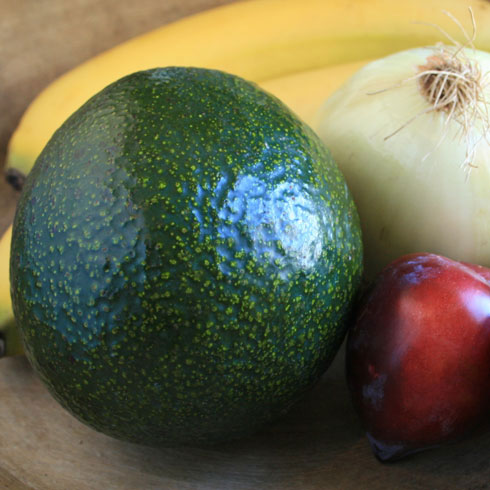

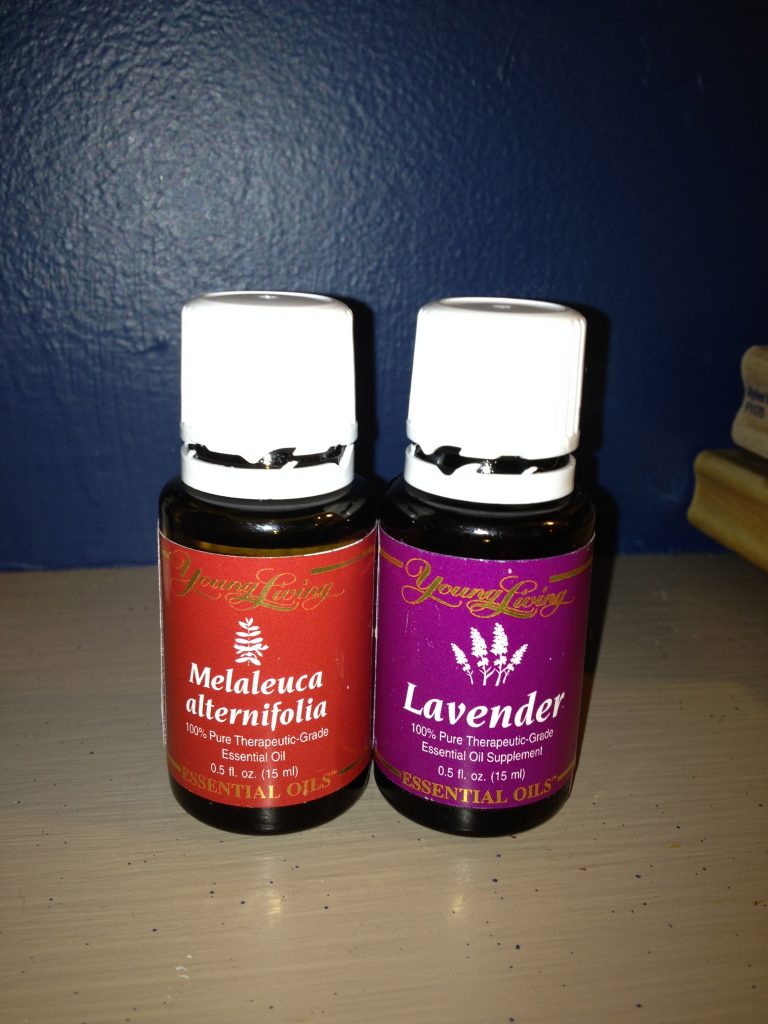


 David Phillips, M.D. graduated in 1984 from Harvard University where he earned academic honors and was an All-American swimmer. He received his medical degree from Wright State University School of Medicine in Dayton, Ohio. After practicing as an emergency room physician, Dr. Phillips shifted his focus to sports medicine. He has competed individually in national and international triathlons including the 2005 Ford Ironman World Championships, and qualified as a member of Team USA at the 2008 International Triathlon Union World Championships in Vancouver.
David Phillips, M.D. graduated in 1984 from Harvard University where he earned academic honors and was an All-American swimmer. He received his medical degree from Wright State University School of Medicine in Dayton, Ohio. After practicing as an emergency room physician, Dr. Phillips shifted his focus to sports medicine. He has competed individually in national and international triathlons including the 2005 Ford Ironman World Championships, and qualified as a member of Team USA at the 2008 International Triathlon Union World Championships in Vancouver.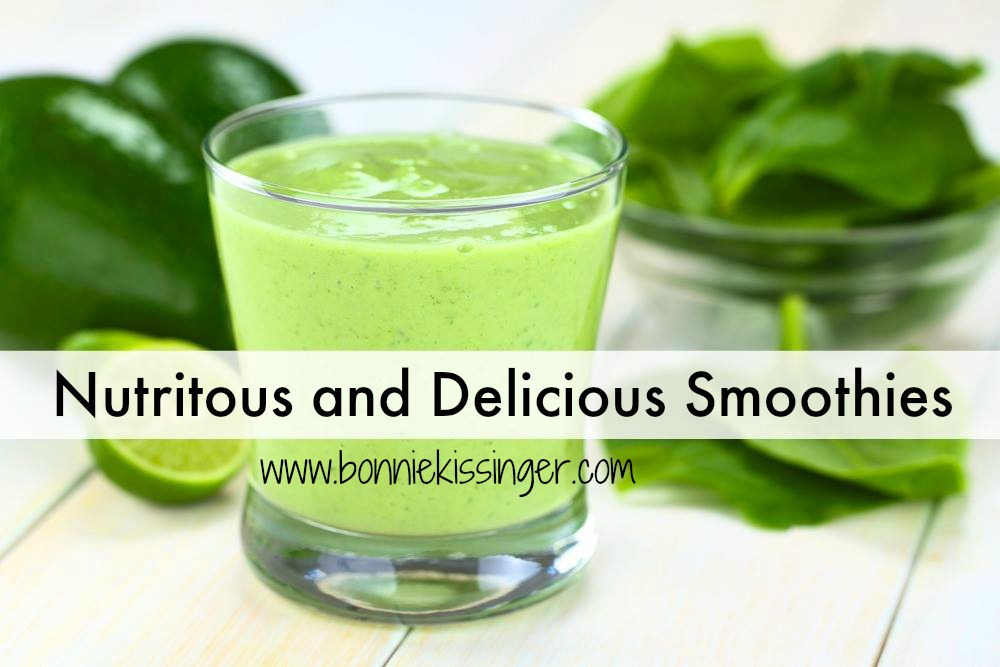
 You can play around with what you put in for liquid. Plain water, 1/2 juice. Maybe think about something with less sugar. For the kids, you might be more successful when you add some juice. Motts Light Apple Juice is a great choice.
You can play around with what you put in for liquid. Plain water, 1/2 juice. Maybe think about something with less sugar. For the kids, you might be more successful when you add some juice. Motts Light Apple Juice is a great choice. Recent studies have suggested that flaxseed may have a protective effect against cancer, particularly breast cancer, prostate cancer, and colon cancer. At least two of the components in flaxseed seem to contribute, says Kelley C. Fitzpatrick, M.Sc., director of health and nutrition with the Flax Council of Canada. In animal studies, the plant omega-3 fatty acid found in flaxseed, called ALA, inhibited tumor incidence and growth. Further, the lignans in flaxseed may provide some protection against cancers that are sensitive to hormones. Some studies have suggested that exposure to lignans during adolescence helps reduce the risk of breast cancer, Thompson says.
Recent studies have suggested that flaxseed may have a protective effect against cancer, particularly breast cancer, prostate cancer, and colon cancer. At least two of the components in flaxseed seem to contribute, says Kelley C. Fitzpatrick, M.Sc., director of health and nutrition with the Flax Council of Canada. In animal studies, the plant omega-3 fatty acid found in flaxseed, called ALA, inhibited tumor incidence and growth. Further, the lignans in flaxseed may provide some protection against cancers that are sensitive to hormones. Some studies have suggested that exposure to lignans during adolescence helps reduce the risk of breast cancer, Thompson says. Some of the other components in flaxseed also have antioxidant properties, which may contribute to protection against cancer and heart disease.
Some of the other components in flaxseed also have antioxidant properties, which may contribute to protection against cancer and heart disease. Milk Thistle: DON’T SKIP. Powder, pill or liquid. I like the liquid.
Milk Thistle: DON’T SKIP. Powder, pill or liquid. I like the liquid. Today I’m in need of more fiber, iron and protein, so I’m adding in the most awesome meal/powder stuff around. Totally my opinion. The stuff has nice blend of plant protein, not just soy and an assortment of yummy stuff like wheat grass and spirulina…the list goes on and on. And NO ADDED SUGAR. So for a blender, which is generally two servings, I add a scope or two, depending on if you want a full serving a goodness or not. Two scopes might make it a bit powdery in texture though. More information on this product can be found on the nutrition link of this website. Or you can connect with me.
Today I’m in need of more fiber, iron and protein, so I’m adding in the most awesome meal/powder stuff around. Totally my opinion. The stuff has nice blend of plant protein, not just soy and an assortment of yummy stuff like wheat grass and spirulina…the list goes on and on. And NO ADDED SUGAR. So for a blender, which is generally two servings, I add a scope or two, depending on if you want a full serving a goodness or not. Two scopes might make it a bit powdery in texture though. More information on this product can be found on the nutrition link of this website. Or you can connect with me.
